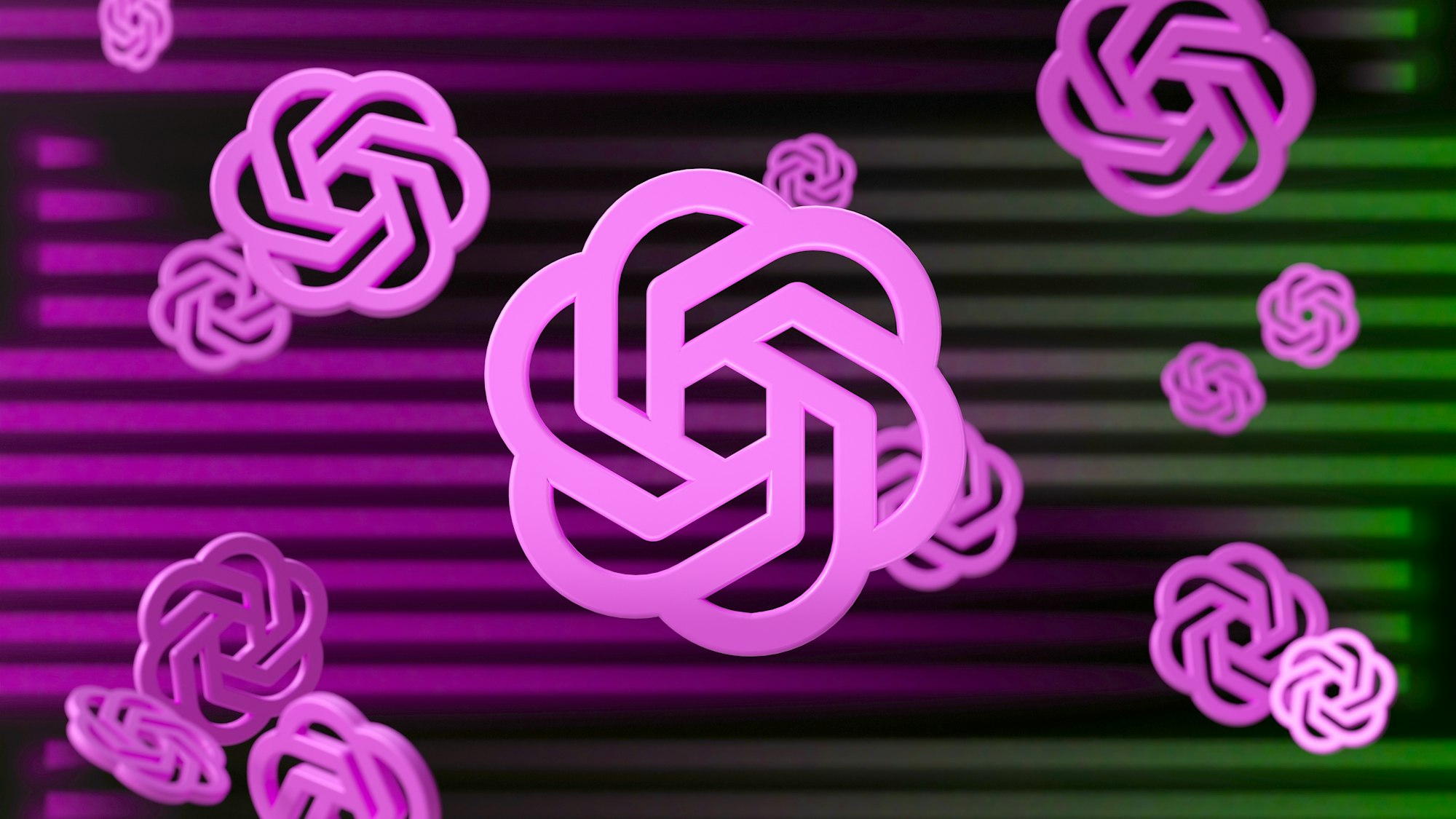o3 mini model is bringing lightweight AI reasoning soon
Here's what we know so far about OpenAI's latest model.
If you think that the o1 model is pretty cool – handling seriously tough stuff like coding, math, science, and even passing OpenAI's research engineer coding interviews at an exceptional 90-100% success rate – wait until the o3 mini model launches.
We hear that it is coming in a "couple of weeks" for both API developers and ChatGPT users, according to Sam Altman, OpenAI's top dog.
While the details are still sketchy, the o3 mini model is positioned as a smaller sibling to the larger o3 model. It is meant as an upgrade to the o1 mini model just as the o3 model is to the o1 model released last year.
What we know so far is that where the o1 series uses a "chain of thought" technique, taking its time to tackle complex problems, the o3 mini is expected to outperform it and promises to do it faster and with greater precision, all while operating in a more compact framework.
But it isn’t just about performance upgrades.
Basically, OpenAI is trying to directly compete with models like Microsoft’s Phi-3 Mini. You see, every big tech giant out there is racing to make AI smaller and more user-friendly – companies like Google, Meta, and Microsoft are all in on it. I think that the unique selling point would be making powerful AI that's powerful, yet easy to use, even on devices with limited resources.
But the question remains whether o3 mini will bring transformative change or simply incremental improvements.
Like other details about the model which remain unclear, OpenAI has yet to confirm whether the o3 mini will be accessible to free-tier users or limited to its subscription services, like the $20 ChatGPT Plus plan or the premium ChatGPT Pro tier at $200 per month.
What’s however certain is that the o3 mini is arriving at a critical time for OpenAI as it seeks to maintain its lead in an increasingly competitive landscape.








